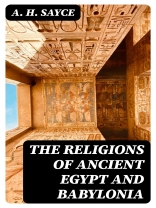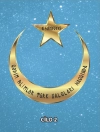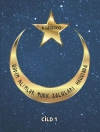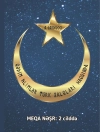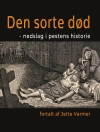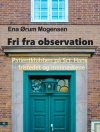In ‘The Religions of Ancient Egypt and Babylonia, ‘ A. H. Sayce presents a comprehensive exploration of the intricate belief systems that shaped the cultures of these two ancient civilizations. Employing a clear yet scholarly narrative, Sayce meticulously examines the pantheons, rituals, and cosmologies that defined the spiritual lives of the Egyptians and Babylonians. The book is informed by a wide array of archaeological findings and earlier scholarship, providing a critical overview of the evolution of religious thought in the region, particularly during the formative periods of civilization. Sayce’s literary style reflects his passion for conveying the interconnectedness of culture and religion through vivid descriptions and careful analysis, situating the reader within the broader context of ancient history. A. H. Sayce was a prominent Assyriologist and a pioneer in the study of ancient Near Eastern cultures during the late 19th and early 20th centuries. His extensive background in linguistics, archaeology, and history informed his understanding of the religions he meticulously outlines in this work. Sayce’s personal journey, marked by an enduring fascination with ancient cultures, propelled him to sift through ancient texts and inscriptions, providing invaluable insights that remain influential in the field today. This book is essential for scholars, students, and enthusiasts of ancient history and religion alike. Sayce’s synthesis of complex ideas into a coherent narrative not only illuminates the spiritual dimensions of two pivotal cultures but also encourages readers to reflect on the enduring impact of these ancient beliefs. ‘The Religions of Ancient Egypt and Babylonia’ is a rich resource for anyone seeking a deeper appreciation of the profound legacy these civilizations have left in shaping religious thought.
Circa l’autore
Archibald Henry Sayce, born in 1845 in Shirehampton, England, was a pioneering figure in the field of Assyriology and one of the foremost scholars of his time in the study of ancient Mesopotamian and Egyptian languages and cultures. His contributions to the field were profound, with his work providing insights into the history, religion, and literature of ancient civilizations. A. H. Sayce was a professor of Assyriology at the University of Oxford, where he made significant advances in the decipherment of cuneiform script, which was critical for the understanding of Assyrian and Babylonian inscriptions and records. Sayce’s scholarship was vast; however, one of his most notable works is ‘The Religions of Ancient Egypt and Babylonia’ (1902), in which he provided an extensive study of the beliefs and practices of two of the world’s oldest religious traditions. Sayce’s literary style was marked by both rigorous scholarship and an accessible narrative that made his work a bridge between the academic community and the interested public. His writings were characterized by a meticulous analysis of philological evidence, yet he maintained a passion for the broader thematic concerns of civilization, myth, and culture which allowed him to interpret ancient beliefs within their cultural and historical contexts. A. H. Sayce passed away in 1933, but his work continues to be a cornerstone in the study of ancient Near Eastern religions and serves as a foundation for subsequent research in the fields of Egyptology and Assyriology.
